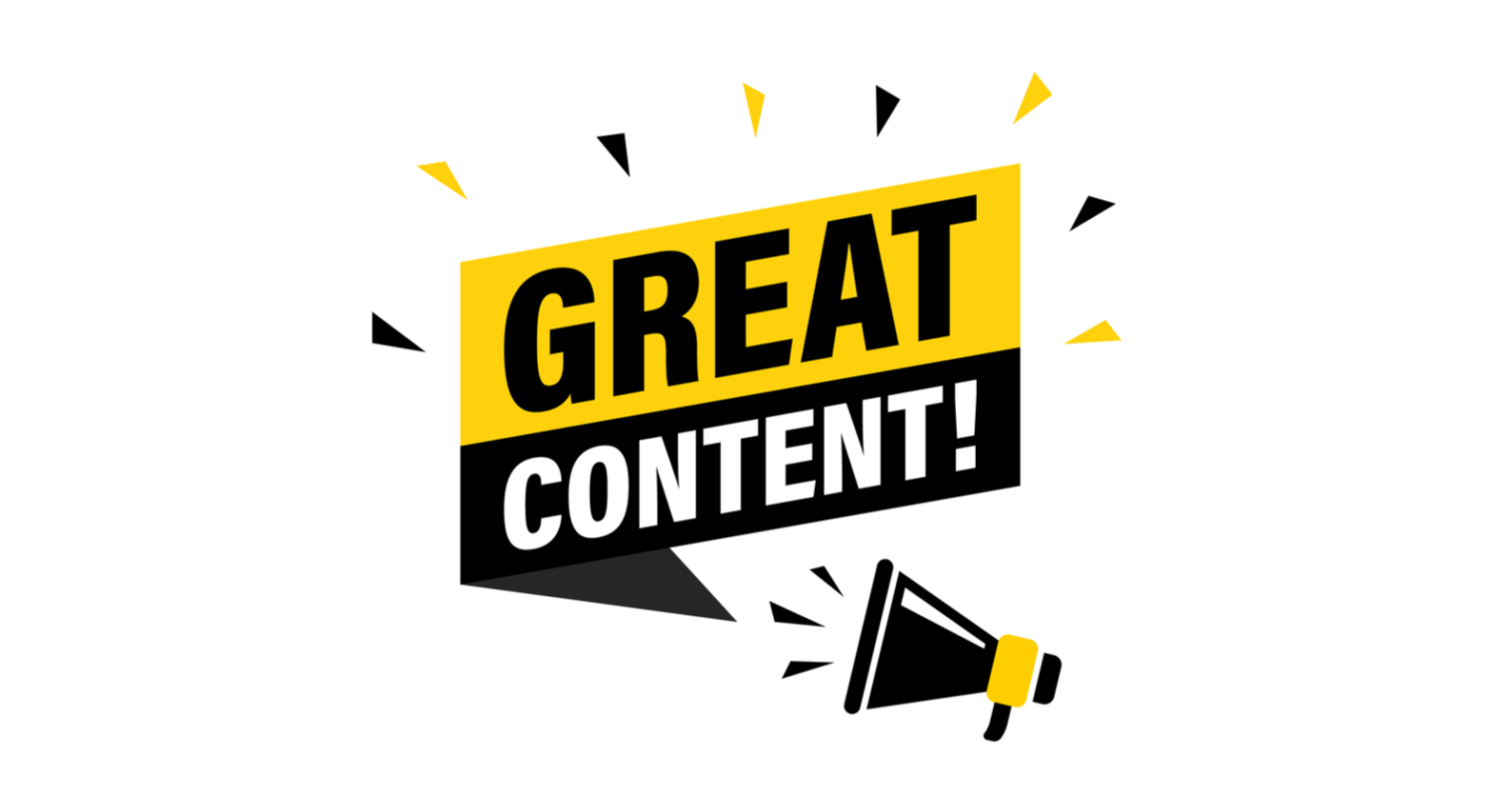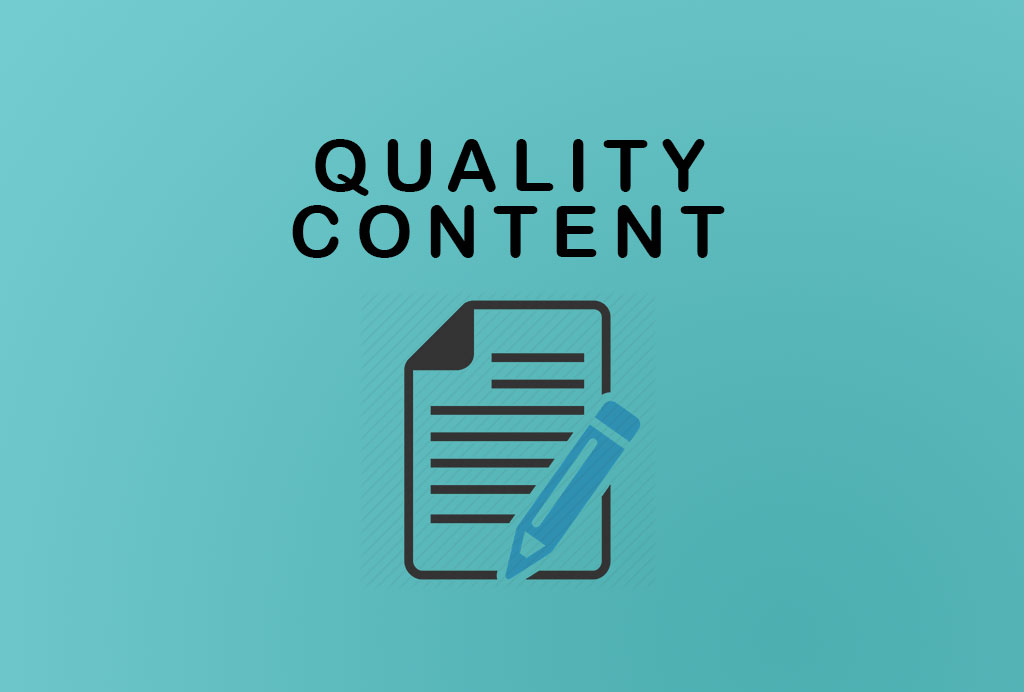SEO Quality Assurance- If you've ever experienced a "facepalm" moment in SEOafter releasing a new page, such as when it went live with an unwelcome no-index tag, don't worry, you're not alone.
SEOprofessionals are busier than ever, balancing a plethora of techniques and approaches.
Even the most diligent of us might miss little details in the midst of the rush and bustle.
Enter the universal SEOQuality Assurance checklist, which was created for usage by everyone on the team, from IT to an administrator to the SEOs.
By providing various teams with a single document, the QA process becomes more flexible, quick, and simple to implement, boosting the likelihood of its company-wide adoption.
This document will be your ally, discreetly requesting that the IT staff double-check the on-page SEO aspects on your behalf.
What Is Quality Content?
That is the multi-million dollar question.
Knowing how togenerate great contentallows you to attract more visitors, reduce bounce rates, and increase conversions.
But who decides the value of your content?
The simple solution is your users.
This, however, makes developing relevant information more challenging.
Because each user is unique and has a unique search intent.
They do, however, share one feature.
Every user is clear on what they want.
Meanwhile, you're still determining what your target audience wants to read about!
Why Traditional Crawlers Aren’t A Good Solution For SEO Quality Assurance?
The natural next step for many SEOs may be to leverage their preferred crawling tool for quality assurance activities.
While this is a reasonable option for tiny and even some medium-sized sites, there are certain disadvantages for corporate sites.
There may also be negatives for sites that aren't at the businesslevel but have additional intricacies that might throw a wrench in employing a typical crawler for SEO QA, depending on the circumstance.
SEO Quality Assurance Checklist
Creating an SEO QA document that non-SEOs can utilize simply entails adding a small element of explanation to express the why, what, and how, so ensuring that things work out exactly the way you want.
Keeping things as short as possible is always appreciated!
Uniform Resource Locator (URL)
- All lowercase letters are separated by hyphens (-)
- Content that is brief, relevant, and descriptive
- www versus non-www redirection is working nicely.
- URL without the / at the end redirects to the version with the / (or vice versa)
- The correct use of http:// and https://
Page Source
Meta Information
- Page title: Each title must be unique and no more than 60-80 characters long.
- Each description must be original and no more than 155 characters long.
- Tags for Open Graph (if using)
- This is a collection of Facebook-specific tags.
- Og:type, og:url, og:description, og:image
Robots are in charge.
- If the page is to be indexed: Index, Follow
- If a page should not be indexed, use Noindex and Follow.
- If a page is not intended to be indexed or crawlable, use Noindex and Nofollow.
Tag Canonical
- The complete URL in lower case should be used as the canonical tag.
- For instance, http://www.website.com/
- Instead of http://www.WebSite.com, use http://www.WebSite.com/.
Tag H1
- There is just one H1 tag on the page.
- The copy is descriptive and beneficial to the user.
Analytics
All analytics and tracking code is accurate and consistent with rest of site.
Page Content
- Check all links to ensure they are working and leading to the relevant sites.
- Check that all of the information on the page is spelt correctly and that there are no grammar mistakes.
- Check that the Social Share Buttons are working properly.
Media
- Alt attributes are required for all photos.
- Any form of media's file names should describe what that material is. Lower case file names separated by hyphens should be used.
- Text should not be shown as graphics.
How To Do Your SEO Quality Assurance?
This sampling and grouping strategy may be applied to your SEO quality assurance efforts in a variety of ways.
The first step is to collaborate with your web development team to create a set of scripts that will be used to verify the metrics listed above.
The constraints are that:
- the scripts must be performed manually
- the findings are often only available to the QA team
- there is no baseline.
Another method is to construct predefined lists of URLs for your groups, which you may crawl after each release.
While you can do this manually with a program like Screaming Frog, the negatives are that:
- it is highly tedious
- you won't have much of a baseline
- re-running for each individual group or conducting a bunch of analysis later to segment into groups will be a nuisance.
Alternatively, you may use an automated SEO QA solution to automate your QA.
There aren't many alternatives right now, but the greatest things you can do are:
- Concentrate on samplings and groupings.
- Don't get mired down with metrics and checks that aren't relevant to QA.
People Also Ask
How Do You Define Quality Content?
The quality of your material is determined by how successfully it meets its aim(s).
It refers to the amount of knowledge and insight in a piece of content.
Beyond information, content quality includes layout, readability, and grammatical accuracy.
Material quality may also refer to how well your content ranks in search results, generates traffic, engages your audience, and converts people.
How Is SEO Quality Measured?
Data from Google Analyticsmay be used to measure and enhance the quality of your SEO traffic.
In the end, more qualified traffic equals more moneyin the bank.
As a result, your main objective should be to provide the greatest quality content, website, and user experiencein order to convert those visitors into loyal customers.
To achieve these objectives, plan engagement measurements such as time on site and pages per session, conversion metrics such as form submissions, and relevance analytics such as bounce rate and user geo-location.
What Is Low Quality Content In SEO?
Quality Raters are directed to grade a page as "Low" if any of the following conditions apply:
- Inadequate Expertise, Authoritativeness, and Trustworthiness (E-A-T).
- The MC's quality is poor.
- For the purpose of the page, there is an insufficient amount of MC.
- The MC's title is overblown or surprising.
- The adsor the SC take attention away from the MC.
- There is an insufficient amount of website information or information on the MC's author for the purposes of the page (no good reason for anonymity).
- Based on significant reputation research, a website or the developer of the MC has a moderately unfavorable reputation. A grade lower than Low may be suitable if a page contains many Low quality qualities.
Conclusion
Although well-structured and digestible material may not immediately propel you to the top of Google, it will undoubtedly improve your SEO in the long term.
So, before you start posting post after post (or page after page), think about a few things.
SEO Quality Assurance testing is a challenging and intimidating process.
With new technologies like AMP, JS frameworks, Progressive Web Apps, and Google's new mobile index, complexity is rising all the time.
With so many people working on a website, each new change poses a danger.


